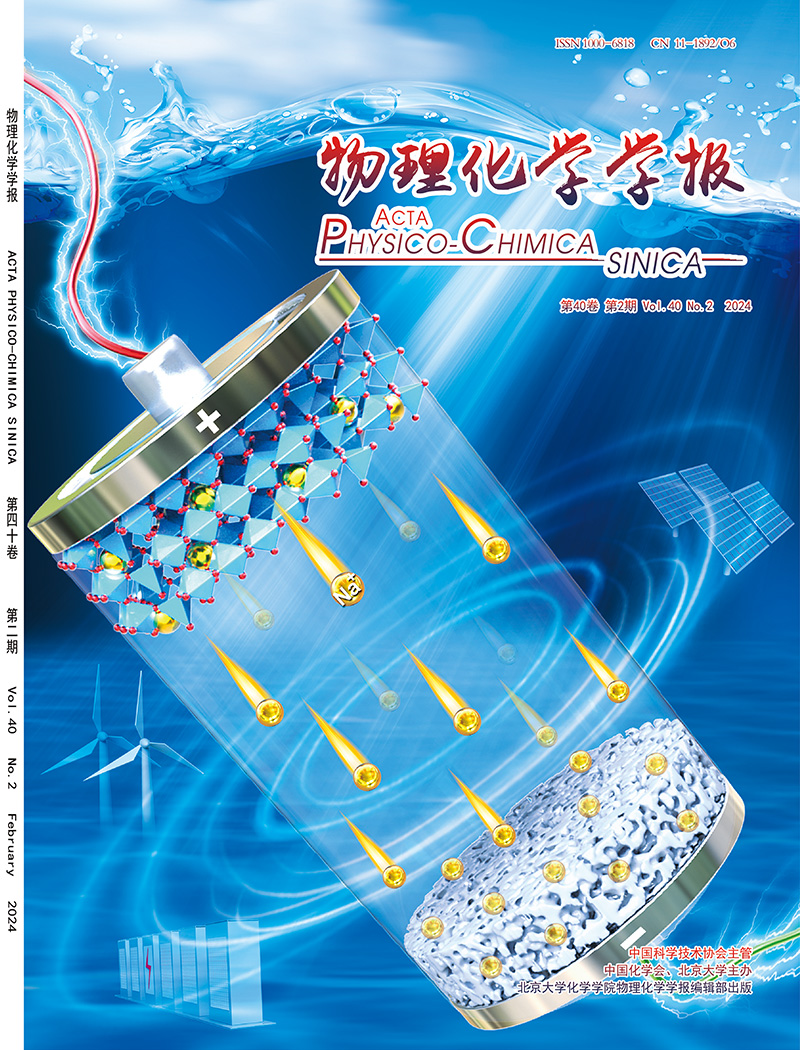Hollow structured photocatalysts
IF 13.5
2区 化学
Q1 CHEMISTRY, PHYSICAL
引用次数: 0
Abstract
Photocatalysis technology, utilizing solar-driven reactions, is poised to emerge as a reliable strategy to alleviate environmental and energy pressures. Thus, whether the photocatalytic performance is excellent depends on the reasonable design of photocatalysts. By considering factors such as morphology engineering, band gap engineering, co-catalyst modification, and heterojunction construction, the photocatalysts with superior performance can be developed. Inspired by this unique characteristic, photocatalysts with a hollow structure endow numerous advantages in photocatalyst design, including enhanced multiple refraction and reflection of light, reduced transport distance of photo-induced carriers, and provided plentiful surface reaction sites. Herein, we systematically review the latest progress of hollow structured photocatalysts and summarize the diversity from geometric morphology, internal structure, and chemical composition. Specifically, the synthetic strategies of hollow structured photocatalysts are highlighted, including hard template, soft template, and template free methods. Furthermore, a series of hollow structured photocatalysts have also been described in detail, such as metal oxide, metal sulfide, metal-organic framework, and covalent organic framework. Subsequently, we present the potential applications of hollow structured photocatalysts in photocatalytic pollutant degradation, H2 production, H2O2 production, CO2 reduction, and N2 fixation. Simultaneously, the relevant relationship between hollow structure and photocatalytic performance is deeply discussed. Toward the end of the review, we introduce the challenges and prospects in the future development direction of hollow structured photocatalysts. The review can provide inspiration for better designing hollow structured photocatalysts to meet the needs of environmental remediation and energy conversion.

空心结构光催化剂
光催化技术,利用太阳能驱动的反应,有望成为缓解环境和能源压力的可靠策略。因此,光催化性能是否优异取决于光催化剂的合理设计。从形貌工程、带隙工程、共催化剂改性、异质结构建等方面考虑,可以开发出性能优越的光催化剂。受这一独特特性的启发,具有空心结构的光催化剂在光催化剂设计中具有许多优势,包括增强光的多次折射和反射,缩短光诱导载流子的输运距离,提供丰富的表面反应位点。本文系统综述了空心结构光催化剂的最新研究进展,并从几何形态、内部结构和化学成分等方面对其多样性进行了综述。重点介绍了空心结构光催化剂的合成策略,包括硬模板法、软模板法和无模板法。此外,还详细介绍了金属氧化物、金属硫化物、金属有机骨架、共价有机骨架等一系列空心结构光催化剂。随后,我们介绍了空心结构光催化剂在光催化污染物降解、H2生成、H2O2生成、CO2还原和N2固定等方面的潜在应用。同时,深入探讨了空心结构与光催化性能的相关关系。最后,介绍了空心结构光催化剂面临的挑战和未来发展方向。研究结果可为更好地设计满足环境修复和能源转化需要的空心结构光催化剂提供启示。
本文章由计算机程序翻译,如有差异,请以英文原文为准。
求助全文
约1分钟内获得全文
求助全文

 求助内容:
求助内容: 应助结果提醒方式:
应助结果提醒方式:


